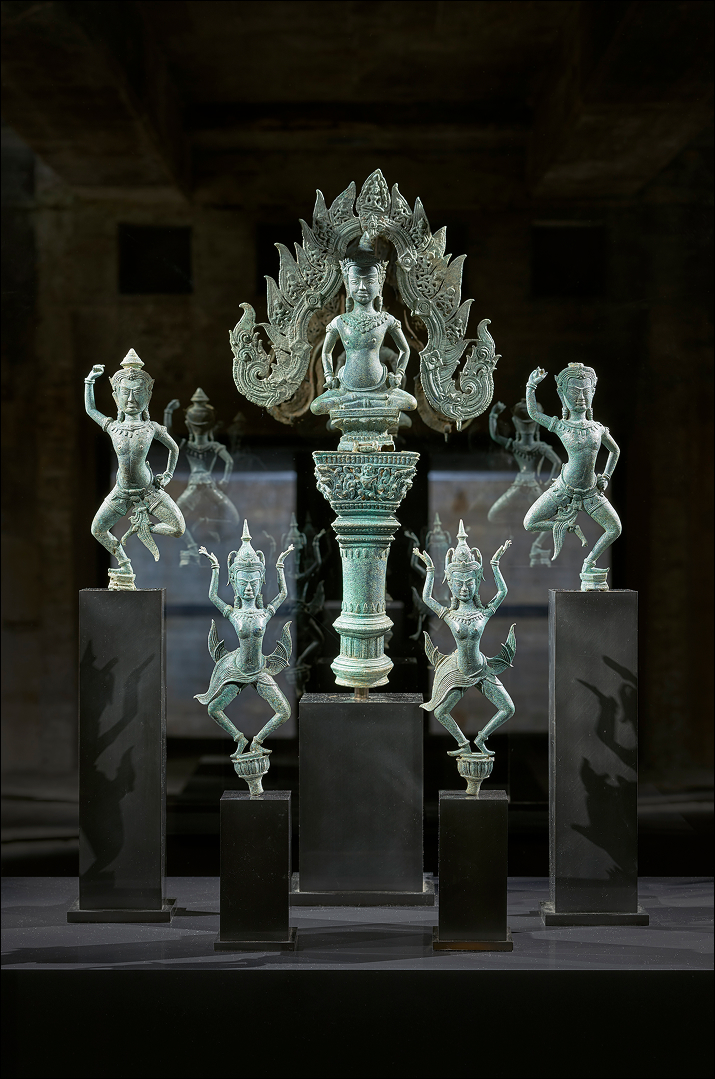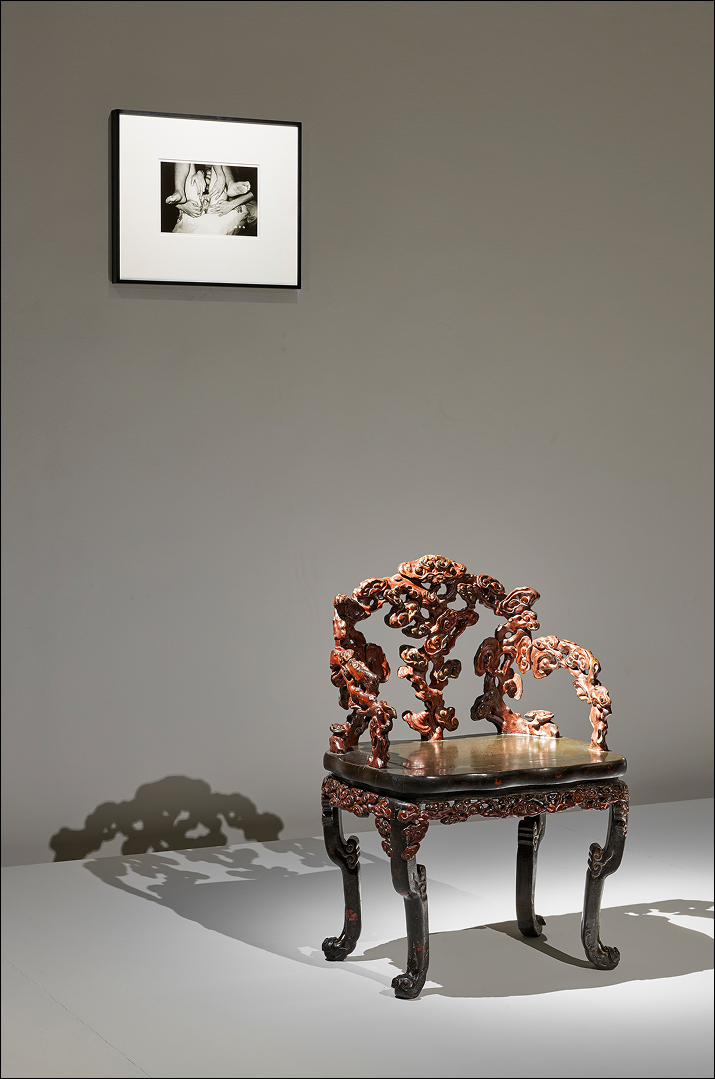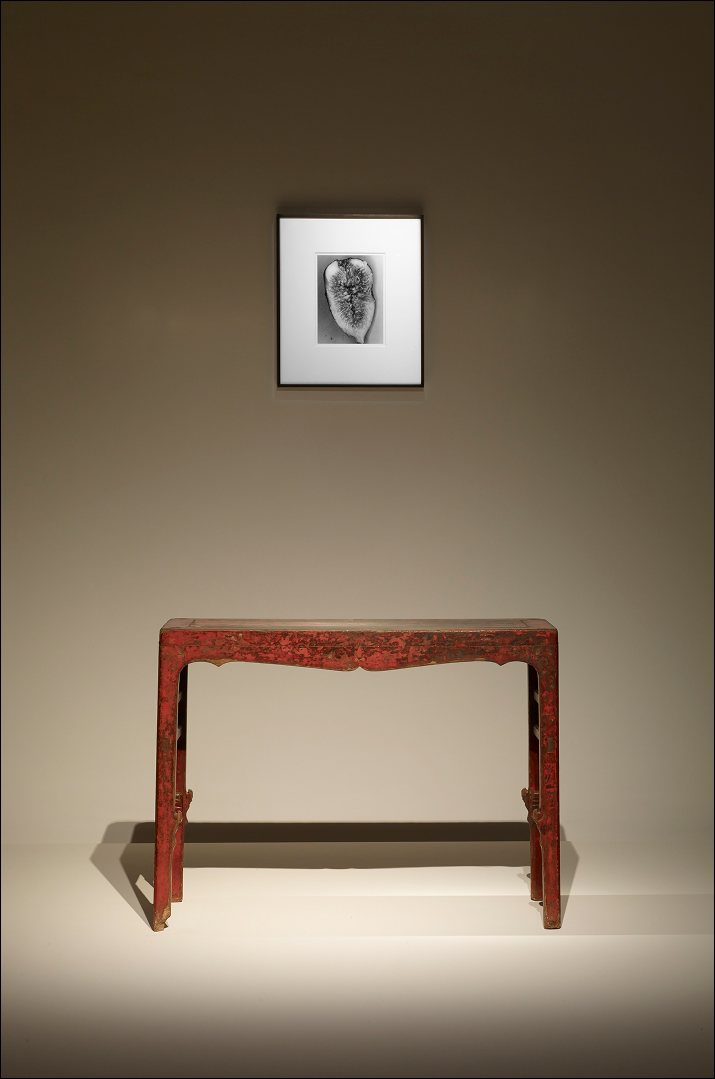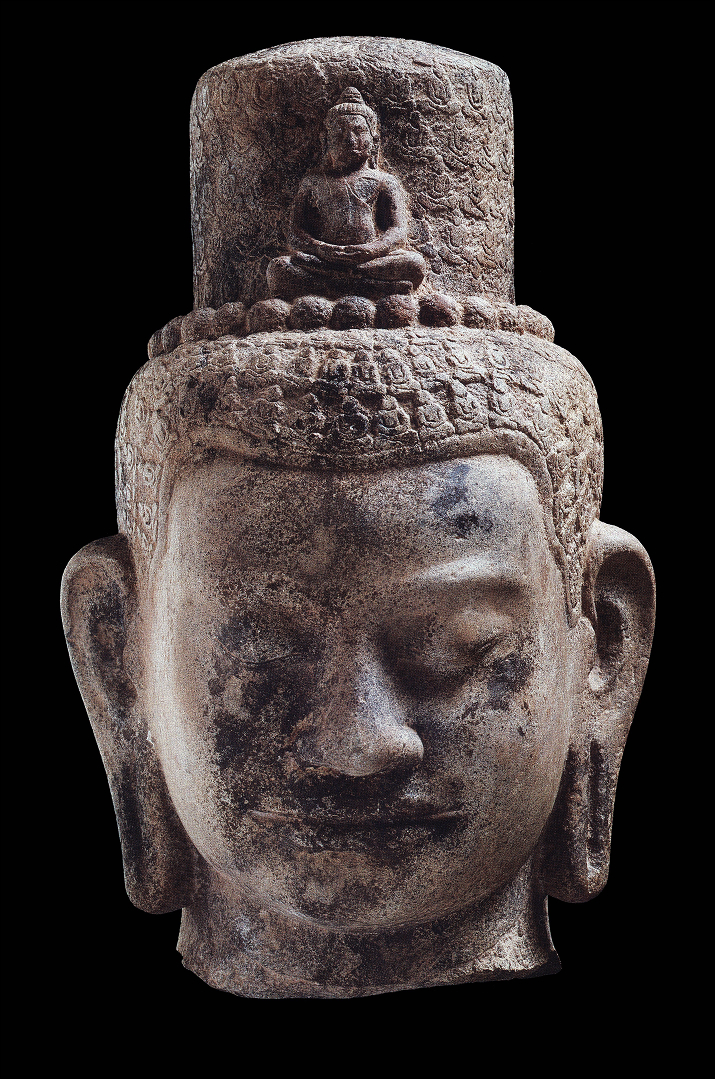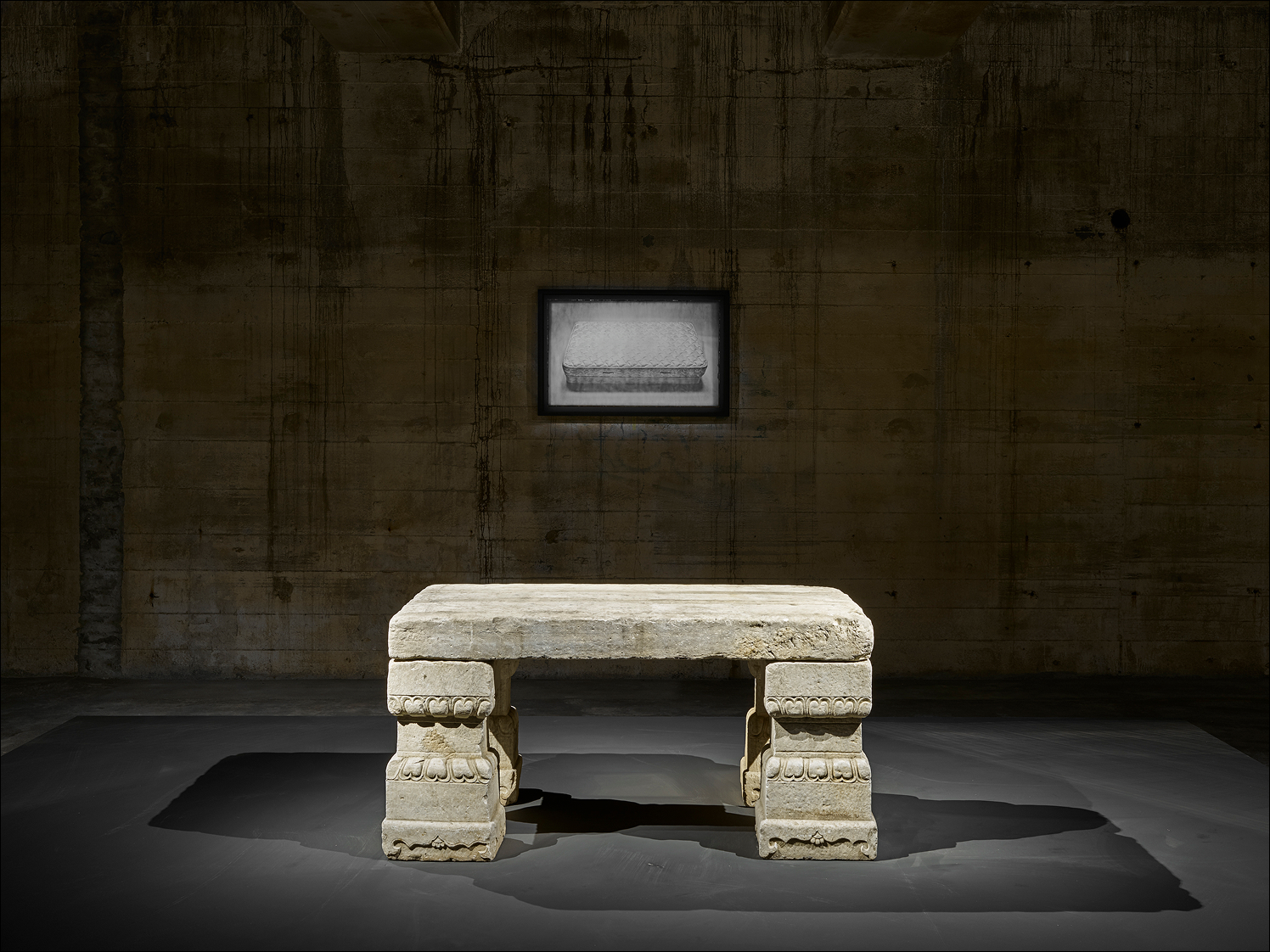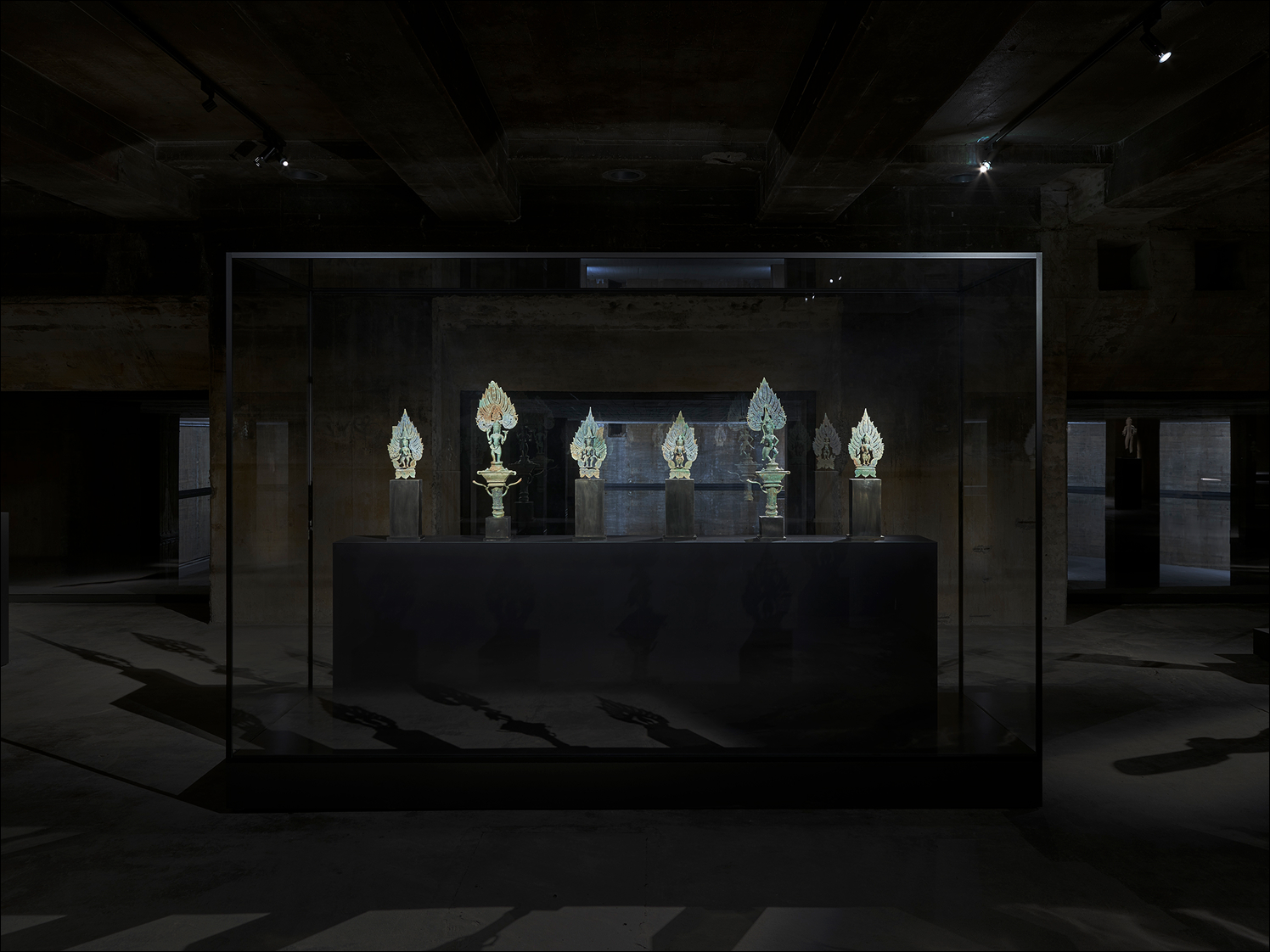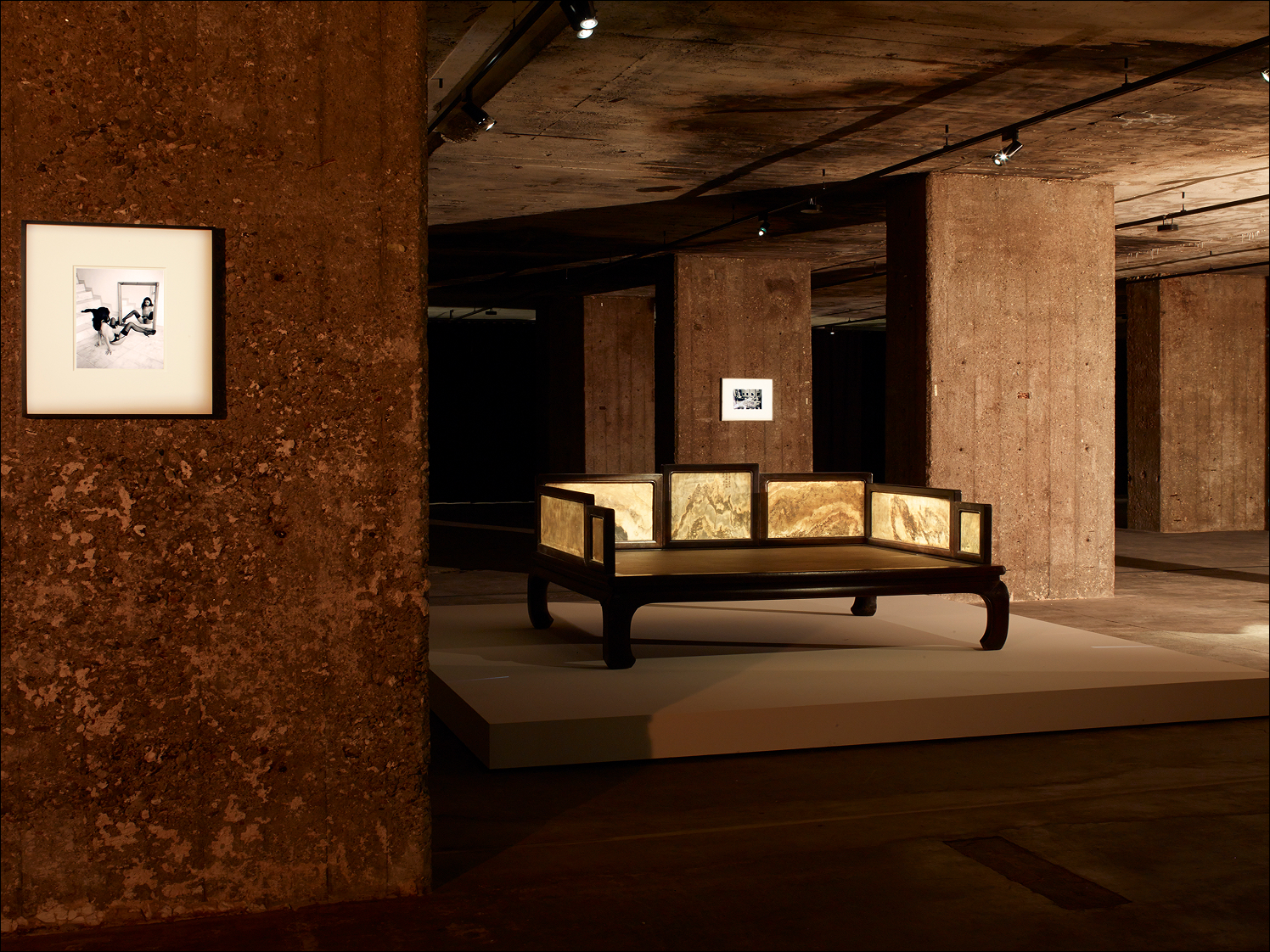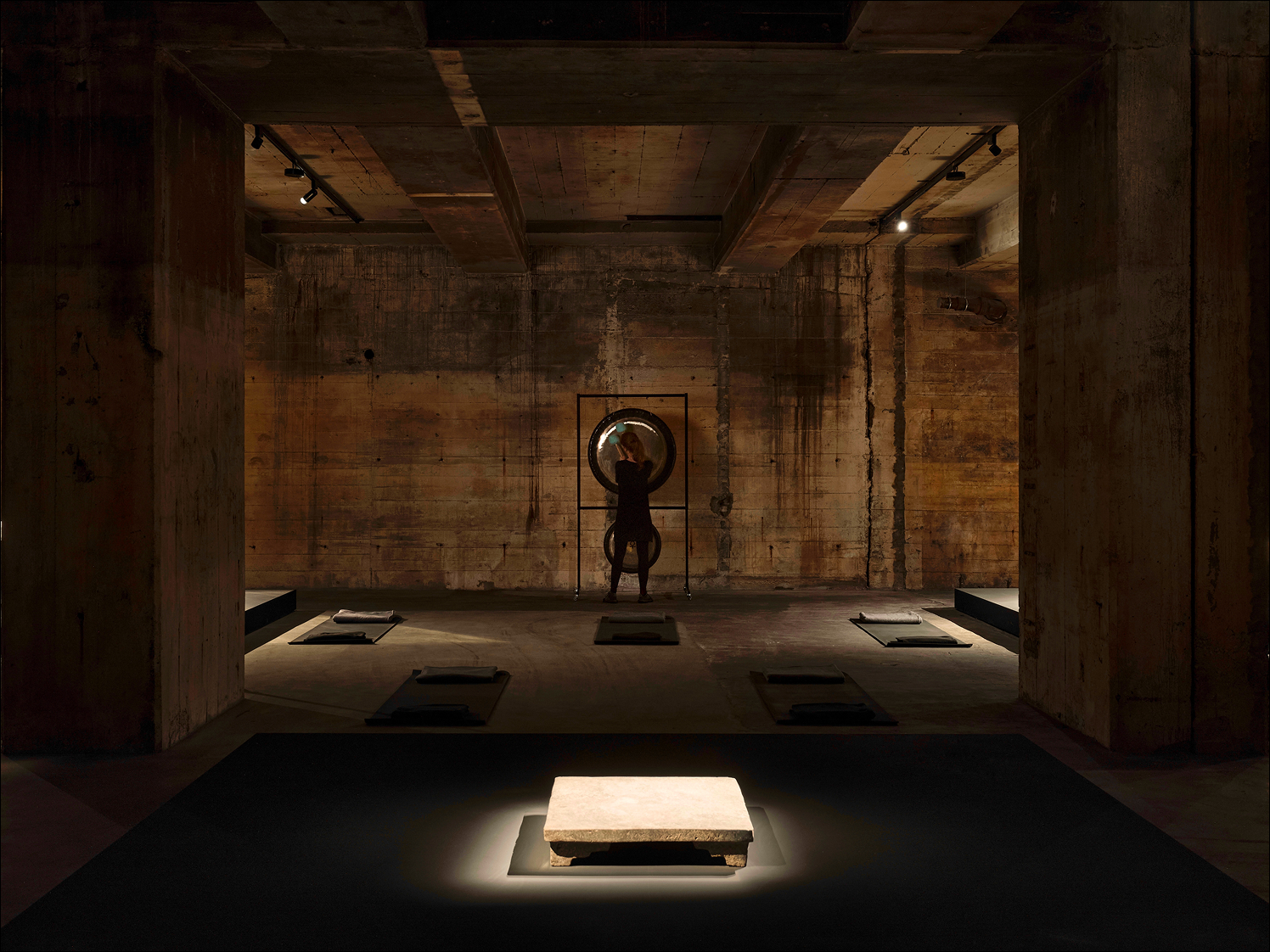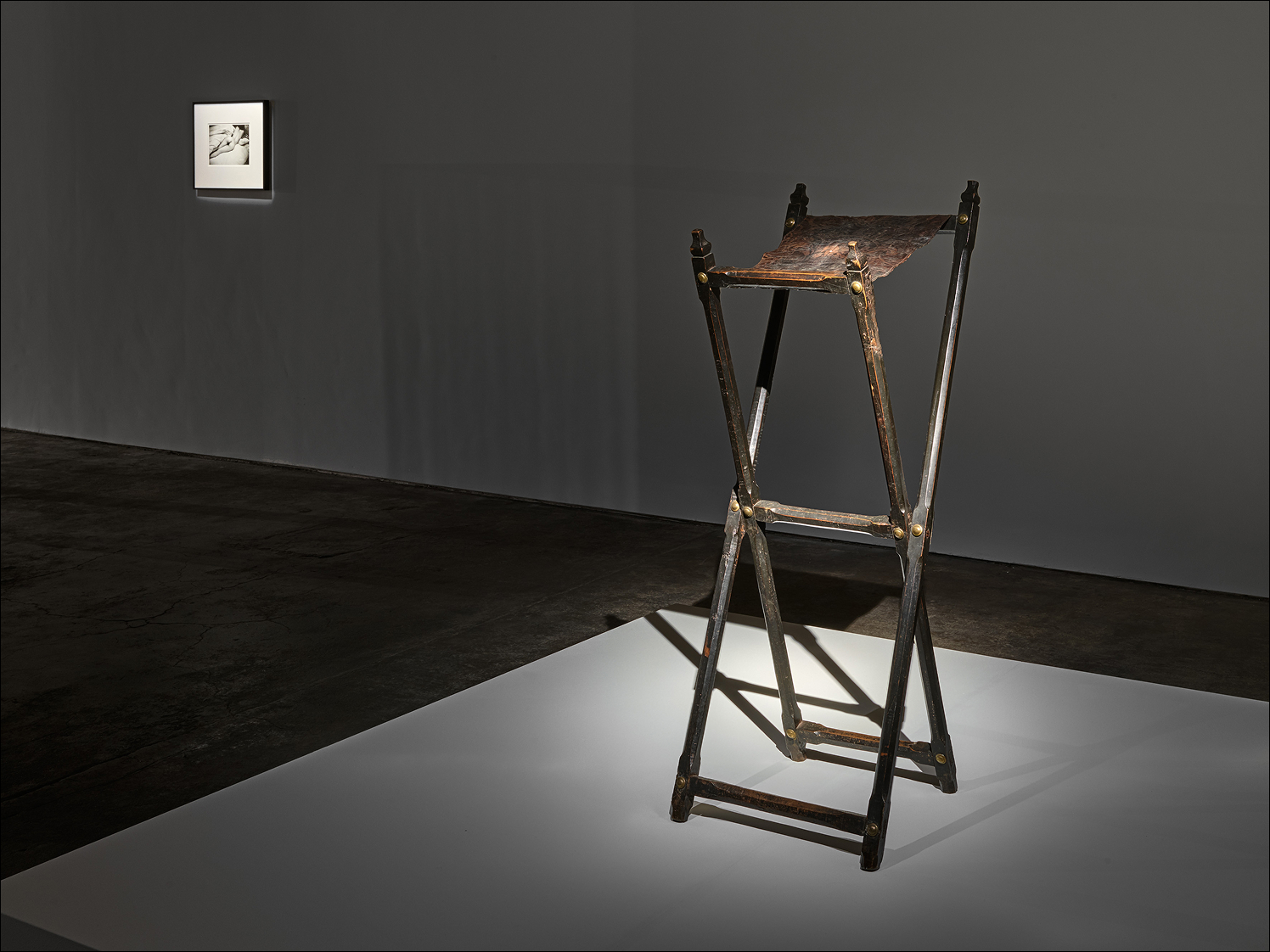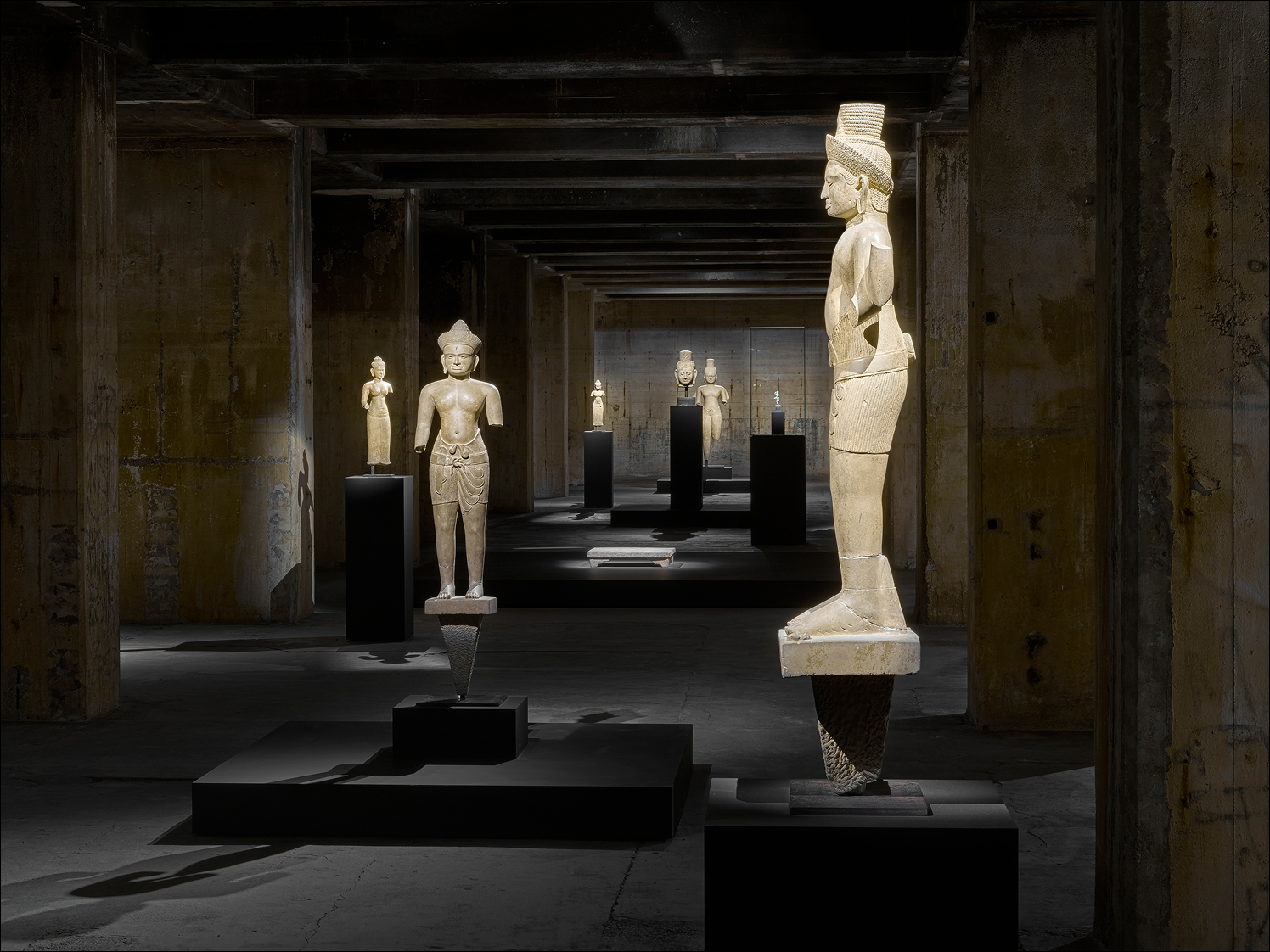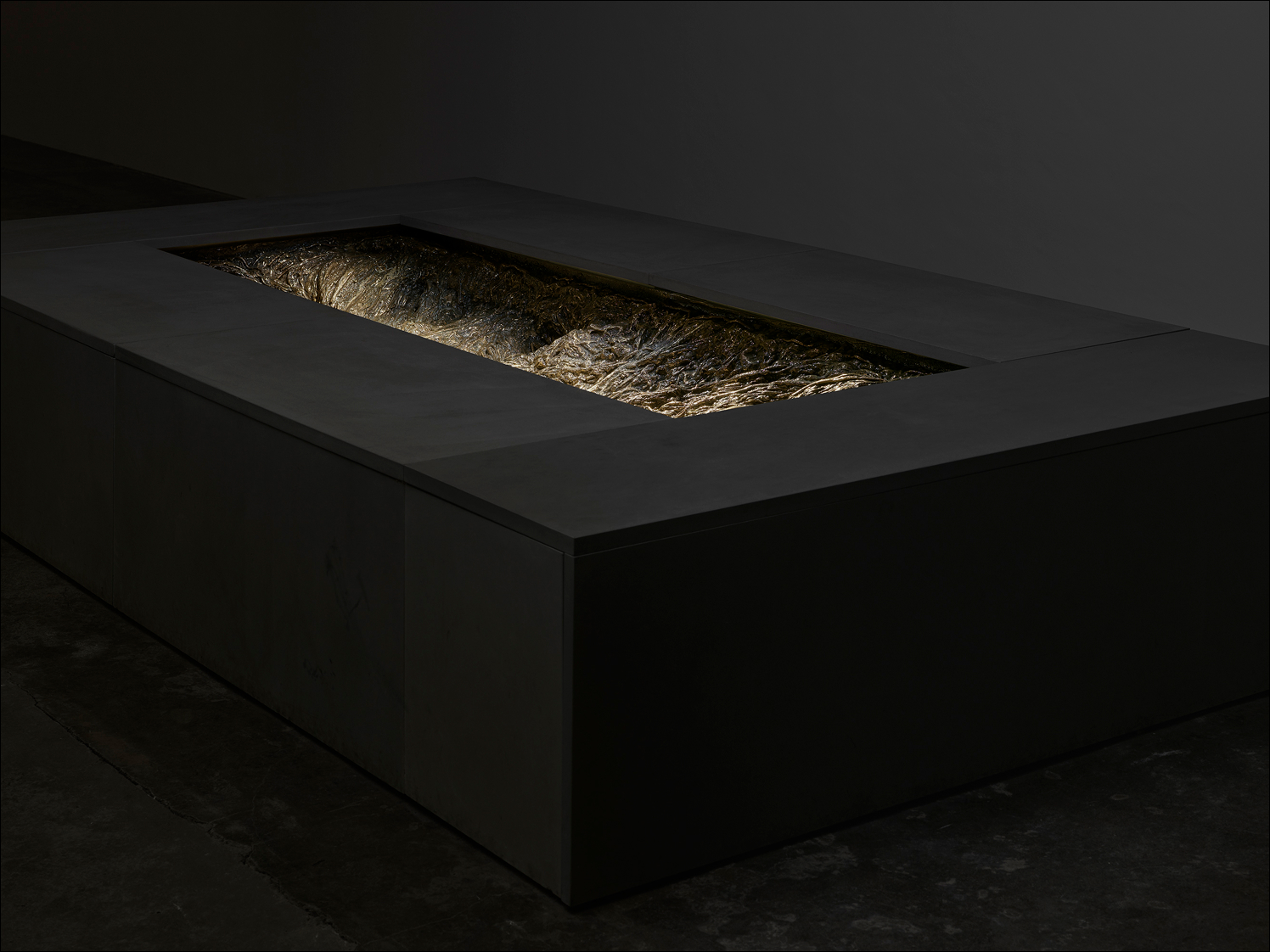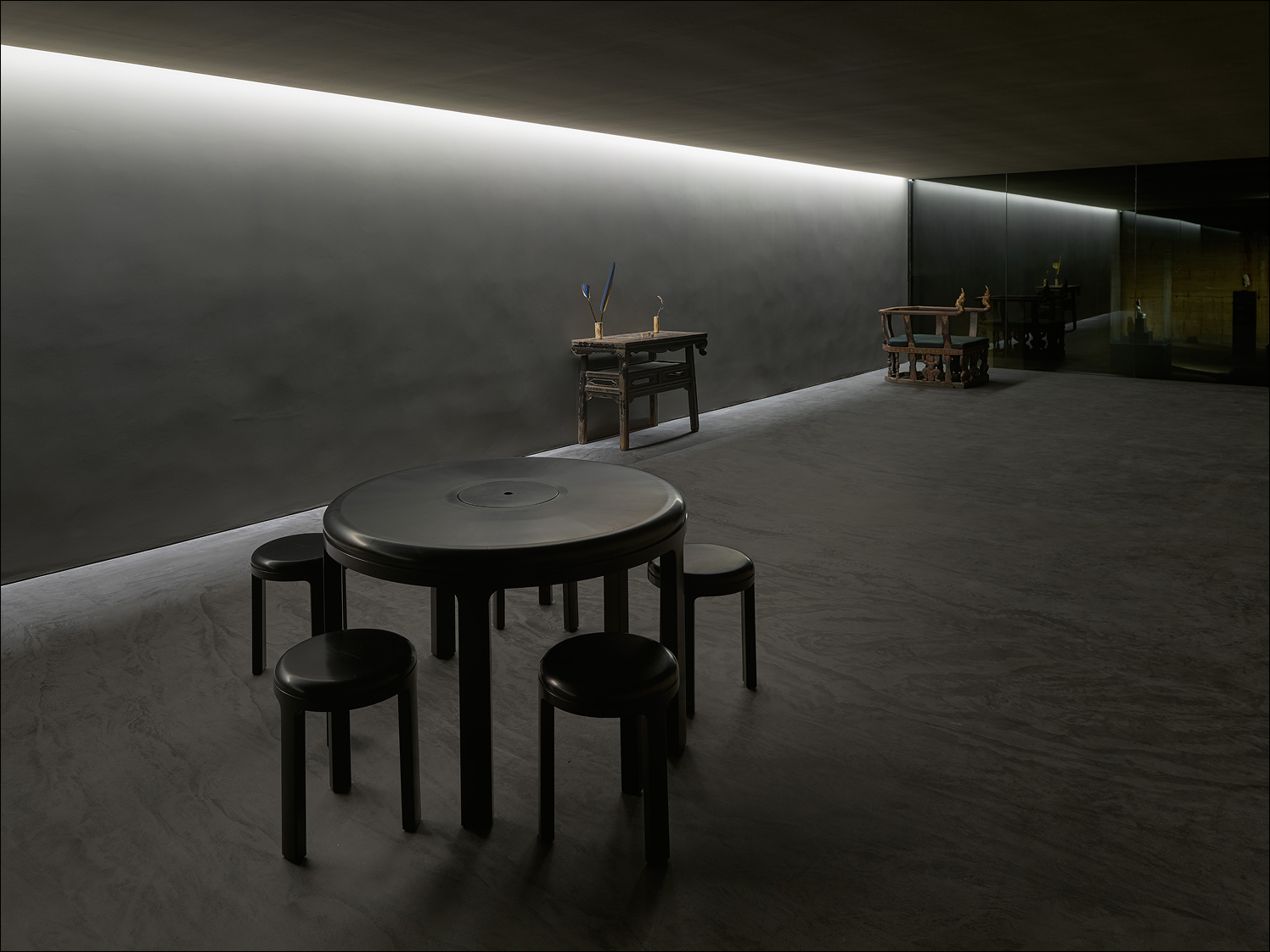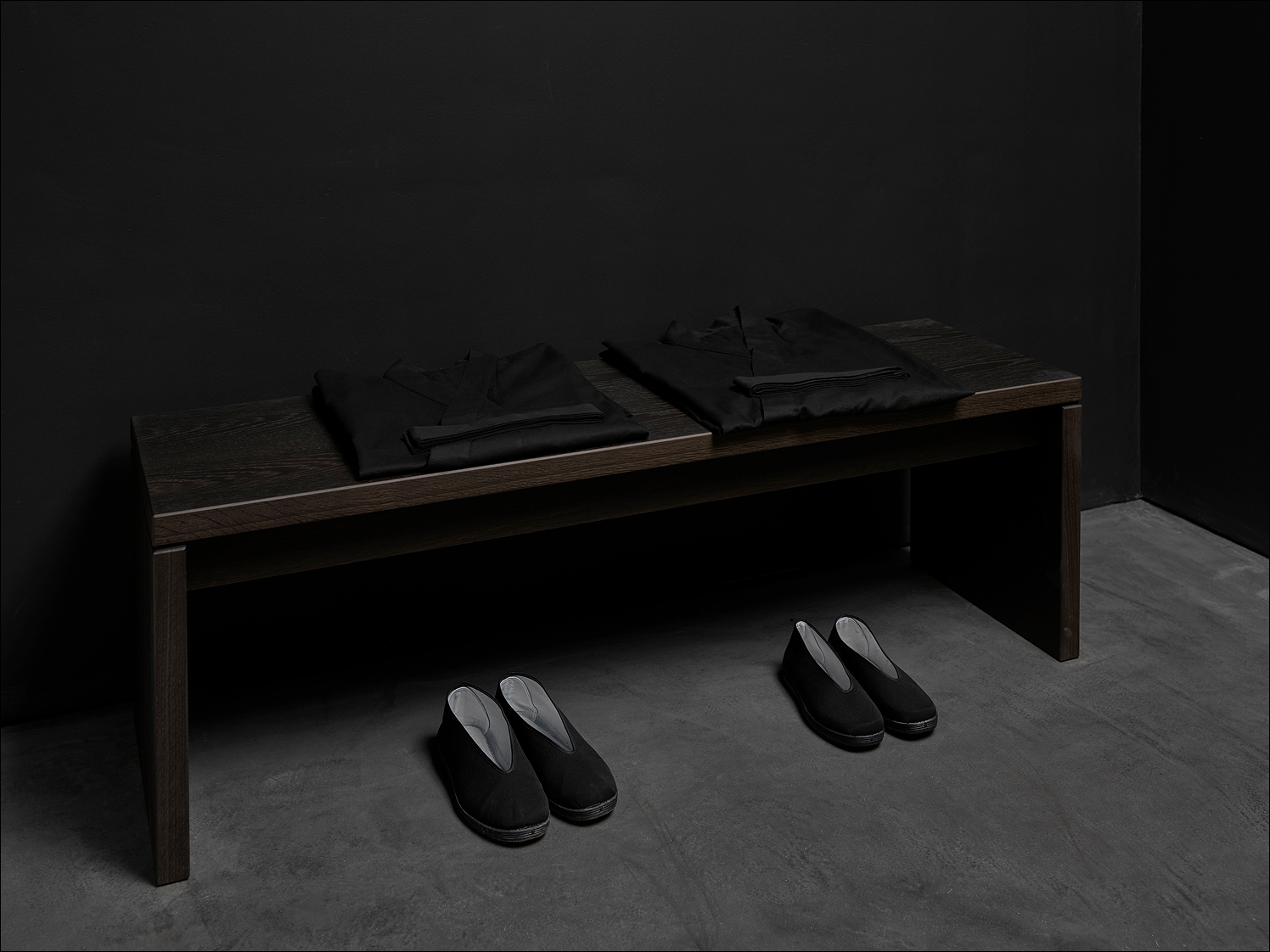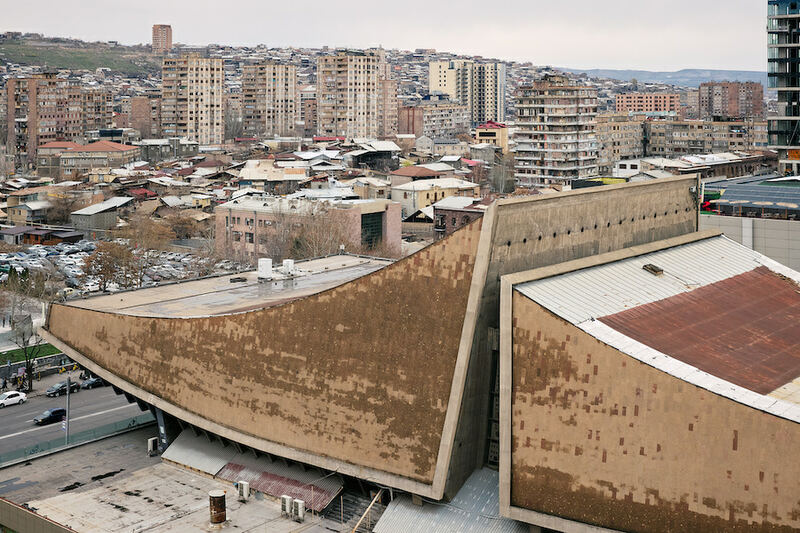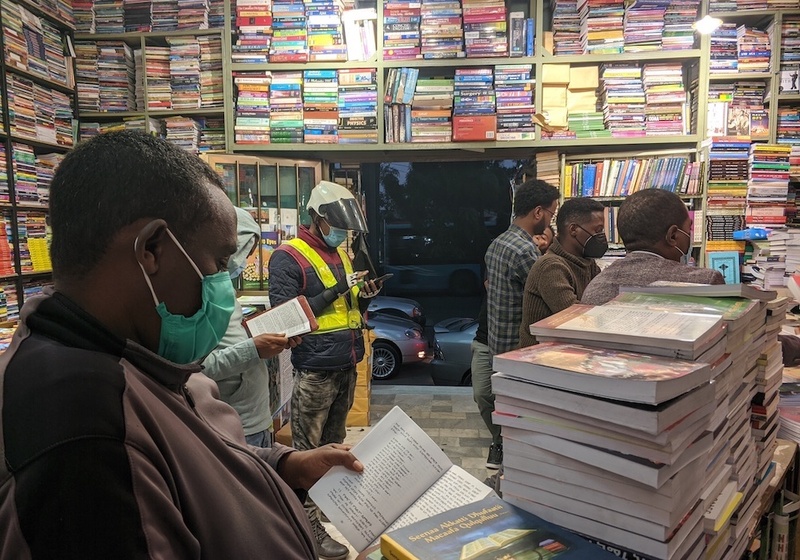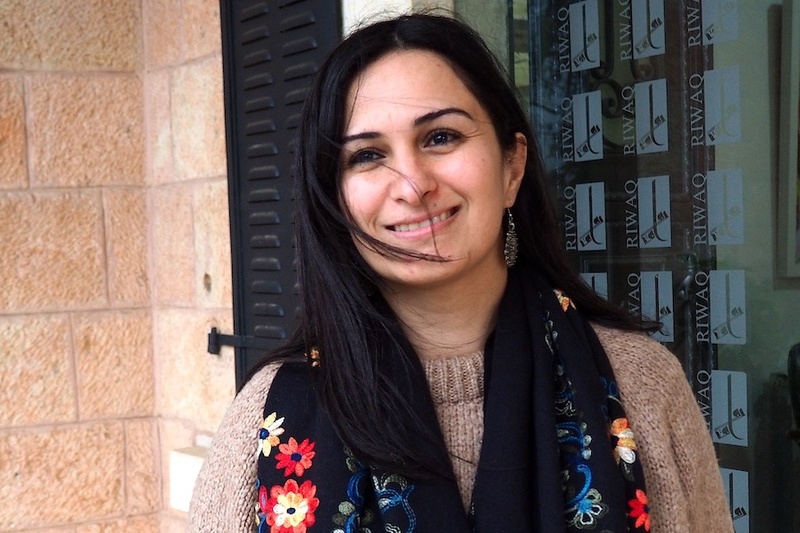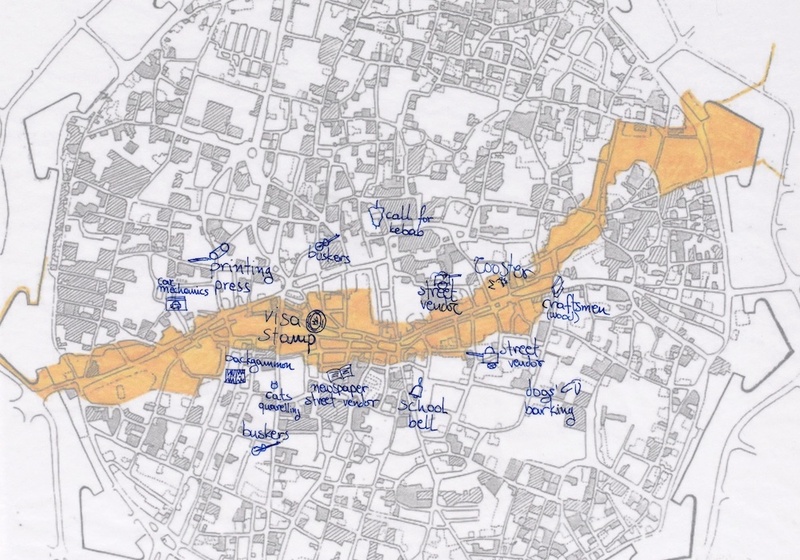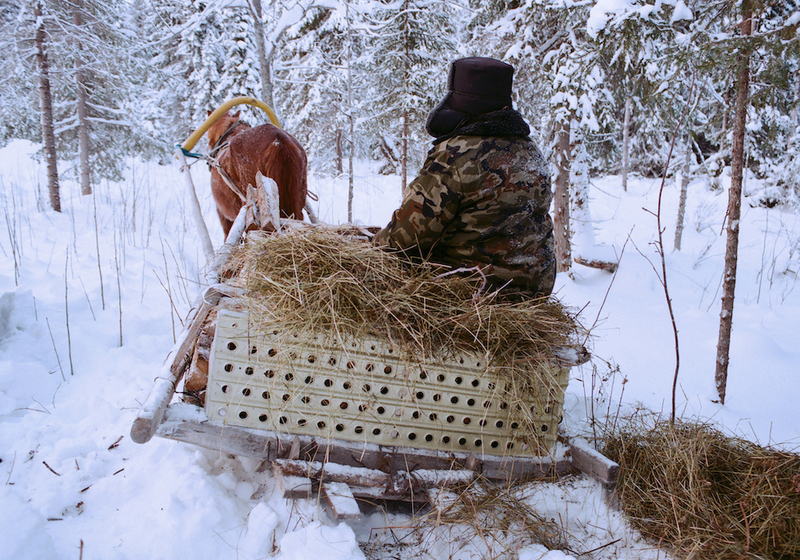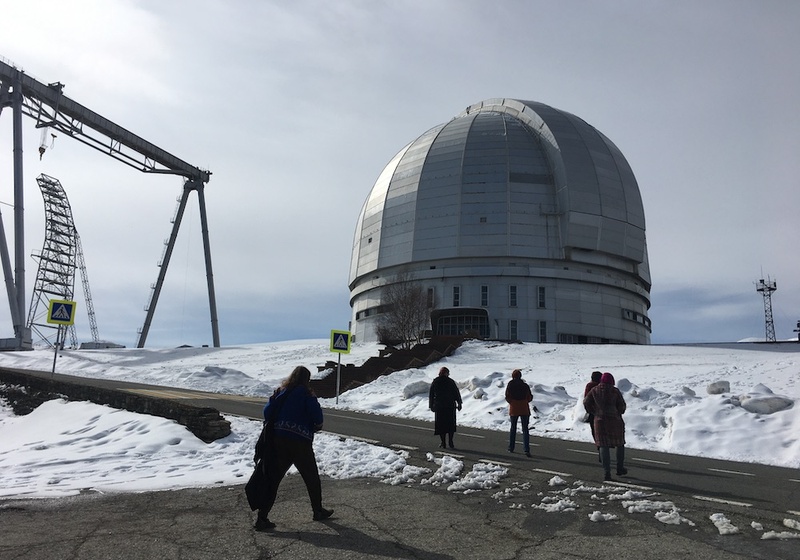
Image credit: ©The Feuerle Collection
In an interview with EastEast, collector and curator Désiré Feuerle opens the doors to his remarkable institution housed in a converted World War II bunker in Berlin. Here, ancient Asian artifacts and imperial Chinese furniture share space with contemporary pieces by Anish Kapoor and Nobuyoshi Araki, with the raw concrete walls creating an environment where different timelines converge.
As a child, I was always captivated by beautiful things, be it jewelry or a beautiful cornfield, or a bird, as I liked nature very much. Later on, when I took my first trip to China, I encountered objects and art that I couldn't find in Europe—and this fascinated me.
I’m an eclectic person, drawn to different things—I may not always be doing the same thing. I think that’s the beautiful thing about life, at least in my case, to always be attracted to something new.
At first, I collected postcards and images of things that intrigued me. I didn't have a smartphone back then, so I would go to shops and acquire postcards of churches, landscapes, anything that caught my eye. This was the beginning of my desire to curate a collection of diverse yet connected objects.
Right: mperial Chinese Carved Chair with Lingzhi Motifs, Early Qing Dynasty, China, 17th century, red and black lacquered wood with gold painting With Nobuyoshi Araki, Diary Tokyo 1981- 1995 (1985/2015, gelatin silver print)
Images courtesy of ©The Feuerle Collection
I studied abroad, in London and then New York, and then I traveled throughout Asia. Afterwards, I returned and worked for a gallery in Germany that represented many of today’s big names. I had the chance to meet these artists; they’d come to the office, chat with the secretary, have a coffee—it was great to see these admired individuals up close and observe them. In time, I was asked to curate an exhibition.
Curating became a natural path and eventually, in the 1990s, I opened my own gallery in Cologne: a super-elegant minimalist space, with a stucco ceiling. It allowed me to bring together things that had similar souls, even if they were quite different.
I believe that the energy of objects has been attracting people for a long time and it will never be lost. The energy of creation, of great achievements is something that remains in this world after you are gone. When an artist invests themselves into their work, that energy becomes palpable.
Certain achievements, I believe, act as incredible bridges, connecting us to something beyond. Take, for example, the Eiffel Tower. You may sense that the architect was obsessed with creating something extraordinary. It was his life. You can feel the soul within architectural works, furniture, anything. This energy is never lost; it continues to move people.
Photo by Nic Tenwiggenhorn / VG Bild-Kunst, Bonn
Right: Head of Avalokiteshvara, Khmer, Bayon Style, 12th century -13th century, stone)
Image courtesy of ©The Feuerle Collection
My exploration of the East began with China. I was drawn by its vastness and sheer scale. I remember the sight of countless cyclists before cars took over the streets—this must have been over 45 years ago, and China has changed drastically since.
Vietnam captivated me. Traveling there at the time was not easy, the country was not open for tourists and one needed a special visa to get there. If you traveled there, someone always had to accompany you. I enjoy going to lesser-known places—once they become tourist attractions, you can’t feel their spirit anymore, and it disturbs me a lot. In Vietnam, I often stayed in old classic hotels. I love a great traditional hotel, when it is, you know, a bit run-down. I think it's beautiful.
Japan intrigued me, too, with its unique mindset and artistic traditions. It is still a closed culture, which continues to fascinate me.
Growing up in Europe, we get to know the wine culture, but entering the world of tea in Asia is akin to discovering fine wine; both require guidance to appreciate fully. You need someone to introduce you to the subtleties of great tea, just as you would with wine. It’s good to have a guide.
One needs guides to go through the jungle. Our life is the same. Finding a guide often comes down to intuition. A curious and intelligent person can sense what’s right for them, but in any case you always have to try.

Installation view of The Feuerle Collection. Adam Fuss, Daguerreotype, 2010 with Imperial table where the Emperor celebrated his birthday with his mother having a cup of tea., Early Qing Dynasty, 17th century, white marble. 
Set of Bronzes Representing Apsaras and a Sitting Deity, Angkor Wat, 12th century, bronze 
Installation view of The Feuerle Collection. Scholar Lohan Bed, Qing Dynasty, China, 17th century, jichi wood with Nobuyoshi Araki, Mythology, 2001/2015, gelatin silver print
Photo: Nic Tenwiggenhorn / VG Bild-Kunst,Bonn
The Gong Bath at The Feuerle Collection 
Installation view of The Feuerle Collection. James Lee Byars, The Perfect Death, 1985 wood, paper and ink with Nobuyoshi Araki, Cosmosco, 1994/2015, gelatin silver print 
Installation view of The Feuerle Collection. Khmer Deities from 10th to 13th century with Chinese Platform, Han Dynasty, China, 2nd century BC – 2nd century AD 
Cristina Iglesias, Pozo XII (Desde dentro), 2016, bronze, pietra serena, electric material and water 
Inside view of The Feuerle Incense Room at The Feuerle Collection In the background black lacquered table, Early Ming Dynasty, late 15th Century, lacquer on wood. On the table: Fen-fu-liu (willow blower) made of blue-and-yellow macaw feathers, 24k gold, Narra wood, and Jin Feng Yin (inciter of golden wind) made of blue-and-yellow macaw feathers, 24k gold and bamboo, commissioned by Désiré Feuerle, 2017. Khmer Throne, 17th Century, wood and pigment 
The Feuerle Incense Ceremony starts with the ritual of wearing special clothing
I always thought it would be nice to create a museum. I considered various locations, from a remote monastery in the Spanish mountains to Istanbul, from Venice to London, but ultimately settled on Berlin. I felt that Berlin’s youthful nature and openness to new ideas would provide the right environment for my vision.
The space I chose was a former bunker—but it could have been anything. It had to be a place for something special. While I looked at other spaces, like a former prison, I simply didn't feel a connection to them.
In curating the collection, I rely on my own intuition and eye, but I also work with a team of experts. I'm proud when people have emotional reactions to the pieces: some shed tears or express gratitude for the experience the Feuerle Collection brings them. For me, it's about creating a space of respite in a world that can often feel overwhelming and noisy.
Our time here is limited, and during this short span, we do not always have to worry. It’s important to wake up, go out in nature, see the sun shining, and enjoy the beauty.
